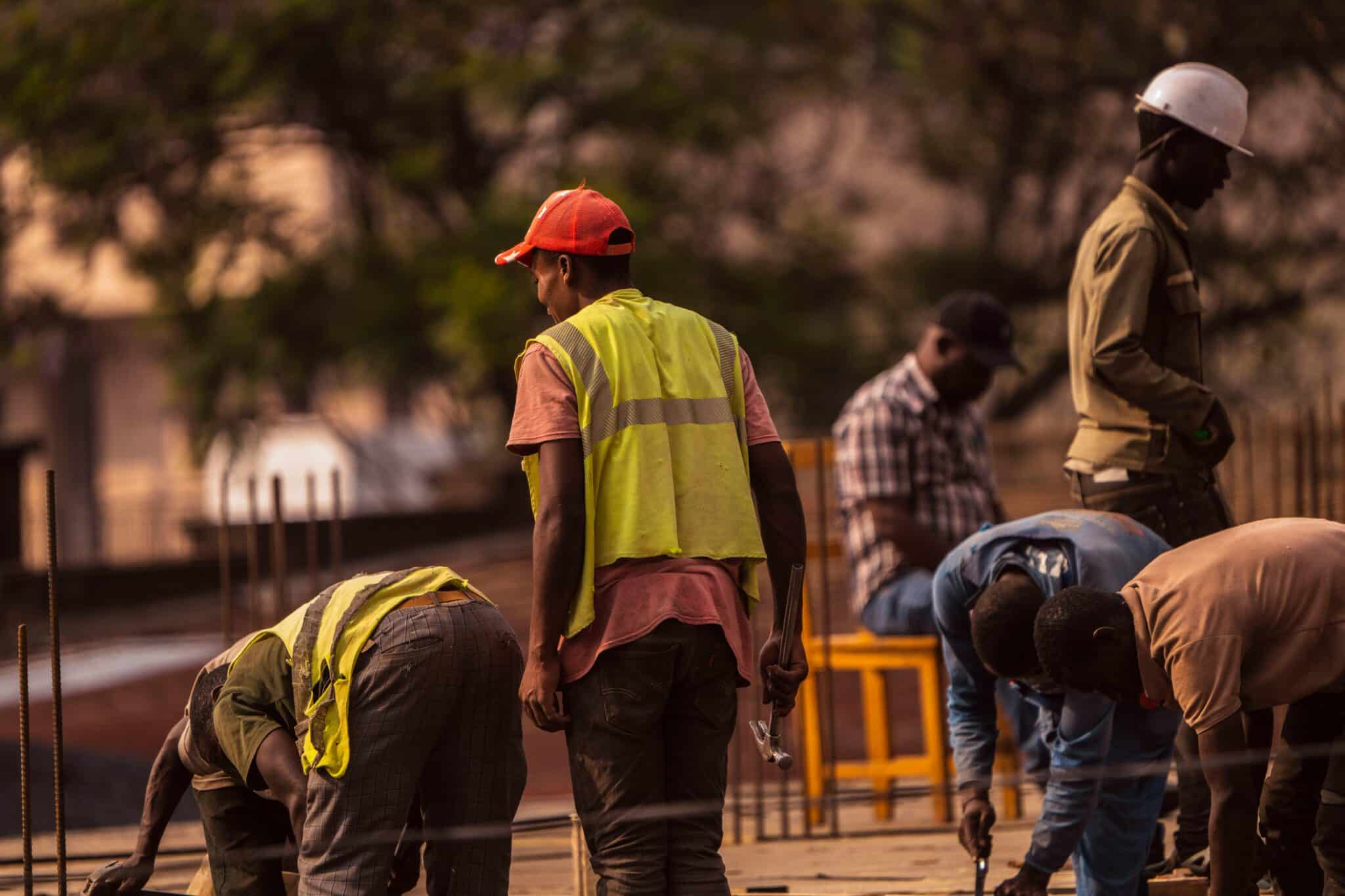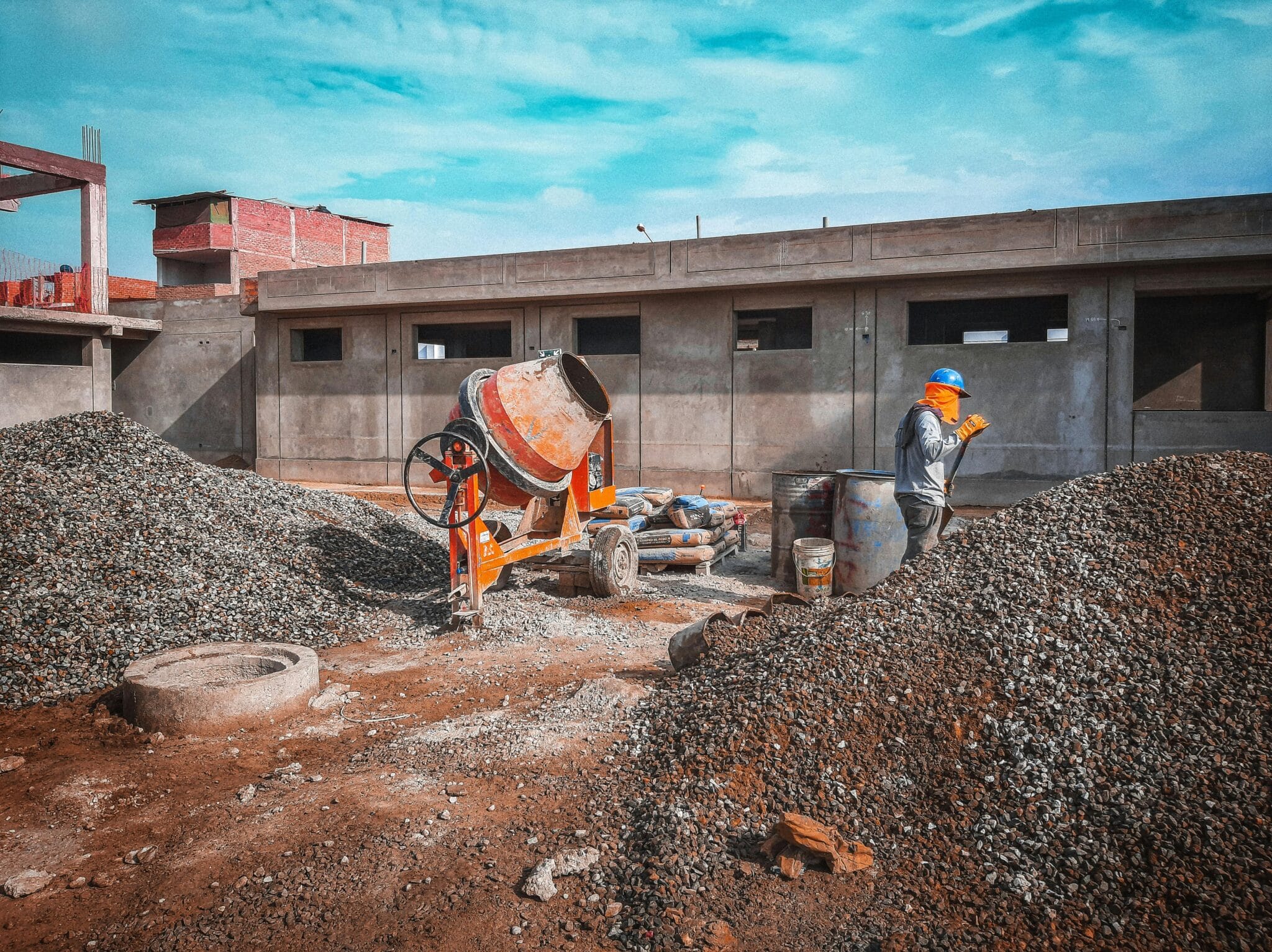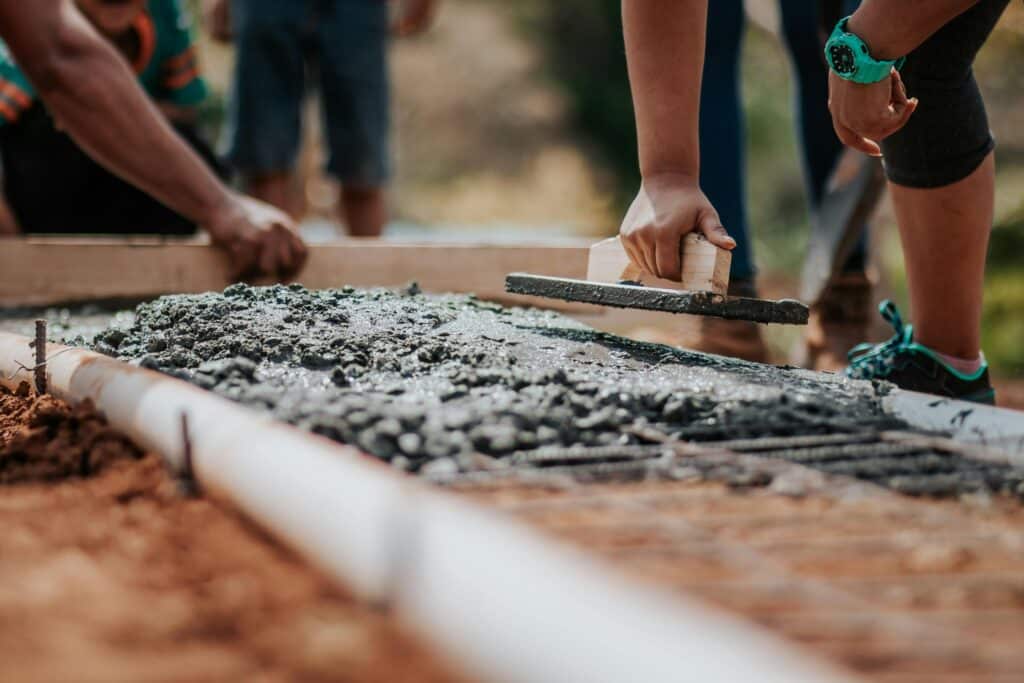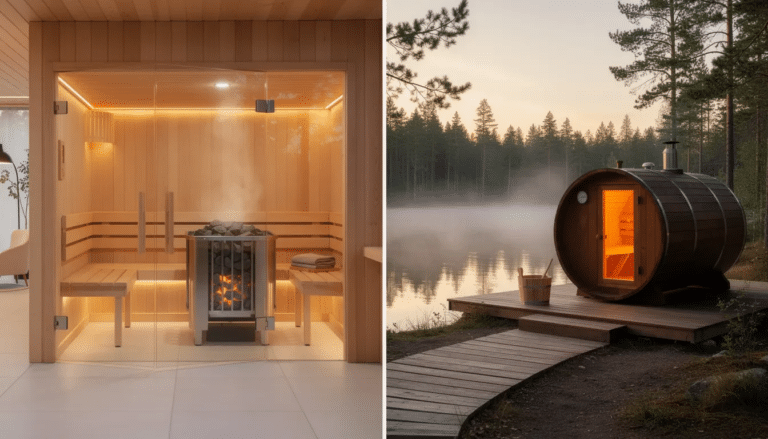You may have heard that a building’s walls and floors need to be supported by a strong base. That is definitely true. If the base of the building isn’t properly supported, the whole structure is at risk of major damage, expensive fixes, and ongoing upkeep problems. The strength of your base decides how long your building will last, whether you’re making or fixing up a new house or a business property. So, important things like a bench footing should be entrusted to professionals
Luckily, some basic habits can stop issues before they happen. Building rules establish the minimum requirements, but if you aim for your building to endure for decades or even generations, you should take additional precautions. Here are six useful and effective ways to make your building’s base better, stronger, and longer-lasting.
Look at the ground before you build
It’s important to check the type and state of the dirt before you start building. Different types of ground don’t support weight in the same way. Pressure affects loose fill, soft soil, and clay-heavy landscapes differently. An investigation of the soil will indicate moisture retention, instability, and weight capacity, which might put your foundation in danger.
Dirt expansion and contraction produce masonry cracks, a typical problem. Clay-based soils expand when wet and shrink when dry. Stress on the base produces fractures. Your building may sink unevenly, weakening its stability.
An experienced structural or geotechnical engineer may inspect the site and recommend foundation construction methods. For instance, they might suggest thicker piers, ways to keep the earth stable, or even an entirely different type of base that works better with the land. By taking this step now, you can escape shocks that cost a lot long term.
Plan and carry out excavation and drainage work professionally
A crucial stage that gets little attention is ground preparation. Excavation goes beyond digging. It also involves garbage removal, leveling the ground, removing rocks and roots, discovering concealed utilities, and ensuring a drainage slope.
Poor digging may cause foundation instability, unequal support, and water damage. To prevent these problems, you should only work with professionals who know the area and the building codes that apply there. For instance, in a densely populated city, excavation services Toronto are often called because they know the area well and have high-tech tools. They know how to find their way around underground utilities, zoning laws, and city rules.
Planning for good draining is just as important. Water entering a foundation is a major issue. It may erode soil and create frost heave in colder areas. Install French drains, pipe extensions, sump pumps, and sloping to keep water away from the structure. Draining bases are less prone to fracture, settle, and mold, extending the life and health of the structure.

After leveling and digging the ground, the footings – the building’s base – can be installed. This foundation may be placed in ditches or wooden forms, depending on the soil and construction designs.
For stronger, crack-resistant concrete, steel rebars are essential. The appropriate quantity of water in concrete is crucial. Too much or too little water might weaken or make it hard to deal with. Avoid air gaps before filling. They may undermine structures.
Apply waterproof sealant to footings after filling. This prevents water from entering concrete, extending its lifespan. Concrete needs time to dry. This may take 7–14 days, depending on the weather and mix. Rushing through this phase may create weak points that break over time.
Monitor drying time, combination water, and pour temperature. Speaking to a skilled concrete builder will ensure these concerns are addressed effectively to prolong the job.
For sloped ground, use bench footings
Building on a slope requires dealing with soil erosion, water movement, and equal pressure. Bench footing helps stabilize the foundation in this situation. Bench footing is different from digging one long footing at an angle. Instead, the foundation is stepped down the hill in a number of horizontal layers.
With this method, the base can follow the natural shape of the land while always being supported at a level. It keeps you from having to dig too deeply and makes it easier to fight the side forces that come from moving dirt.
Bench footing simplifies drainage system and retaining wall connections, which avoid water damage. To ensure this procedure works on sloped or uneven terrain, consult a building specialist.
Use the right method to finish the base

Finish the base area after the concrete has hardened. This is done by using hand floats, edgers, trowels, and groovers to smooth the top layer. A surface that has been properly finished not only looks better, but it also keeps water out and makes it easier to put down flooring or insulation.
Put on one more coat of the acrylic-based finish. These sealers work really well because they do two things at once: they help the concrete finish drying and they protect it from water and wear.
If you skip this step, the surface could crack, crumble, or wear out faster than it should. Finishing the base well makes it last longer and gets it ready for the next steps in the building process, like framing, sealing, or insulating.
Hire experts for long-term peace of mind
You shouldn’t do foundation work yourself or give it to generalists. Each type of land, building style, and region brings its set of problems. Hiring professionals at every step, from checking the dirt and digging to filling the concrete and finishing, can make the difference between a building that lasts and one that has problems for a long time.
Professionals not only know how to do things technically, but they also know a lot about building rules, supplies, and weather. They can see issues coming that you might miss and offer answers that will save you time, money, and stress in the long run.
Your base is essential for the long-term stability of your building, whether it’s your dream home or a big business building. Follow these six rules and spend money on good materials to make sure your base is as strong as the building above it.


















